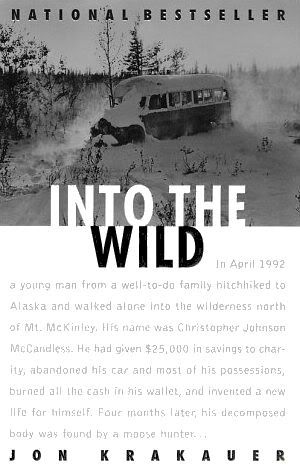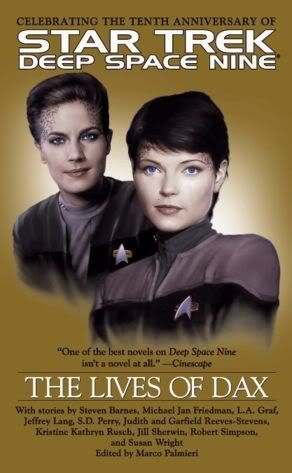Books this Update:
- The Gangs of New York, Herbert Ashbury
- Asimov Laughs Again, Isaac Asimov
- Lamb: the Gospel According to Biff, Christ's Childhood Friend; Christopher Moore
- Under and Alone, William Queen
- The Lives of Dax, ed. Marco Palmieri
- The Best American Short Stories 2008, ed. Salman Rushdie
- The Chamber, John Grisham
I've been flirting with the idea of doing review posts once every two weeks instead of every one week, but two week intervals are more difficult to remember than one-week intervals. (This is why I pay late fines so often.) January has been a good month for reading so far. I started out with some comments on
The Gangs of New York, which I mostly read in the tail-end of December. Herbert Ashbury's work was thorough, if a bit dry in parts. I still may read him, though.
While reading through Ashbury, I treated myself to
Asimov Laughs Again, a collection of jokes and anecdotes gathere by Asimov. The collection isn't up to par with the original work, and is heavier on humorous anecdotes than jokes, but Asimov fans will enjoy cozying up with the good doctor.
Lamb: the Gospel According to Biff, Christ's Childhood Friend, is one of the funniest books I've read. It's also the best fictional account of Jesus' life I've read, which is saying something given that the book is meant as humor and not as a serious treatment. With the exception of fantasy elements, the plot is more believable -- and the characters developed better -- than in any other Jesus novel I've read. It's outlandishly funny to boot, often in the style of Monty Python.
I moved on to nonfiction next with William Queen's account of his two years undercover in the Mongols Motorcycle Club, an outlaw biker group notorious for its violence. Queen navigates this world through dumb luck, a street cop's experience, and more than a little courage. It takes its toll on him, as the account shows: he frequently finds more sympathy and "brotherhood" from his hoodlum marks than he does his DEA friends.
I then treated myself to a book I've been waiting to read for a long time,
The Lives of Dax. The book is a collection of short stories, each with an emphasis on the life of a Dax host, of which there have been eight. The stories, each penned by a different author, are nestled within a ninth short story set in the life of Ezri Dax, the "current" Dax host. (Explaining what I mean by "host" would take too much space here: see the individual comments for background.) The collection is fairly strong, especially for a Star Trek fan. Most of the characters are new, but Dr. McCoy and Sisko have their moments in the sun.
After this, I read another collection of short stories, this time in the self-advertising "Best of" series.
The Best American Short Stories 2008 proved to be a good read of eclectic stories, most of which were thought-provoking. I'll probably be reading more of this series in the coming year.
Lastly, I re-read an old favorite in John Grisham's
The Chamber, the stirring tale of a young lawyer who comes to the rescue of his grandfather, a convicted Ku Klux Klan bomber who has been sentenced to death. Young Adam Hall's father was so ashamed of his own father, the aforementioned bomber Sam Cayhall, that he moved his family to California and changed their names. He could not run from the past, however, which haunts his family still -- compelling Adam to come to his grandfather's legal defense during his last days as a way of coming to terms with his family's deep roots in the hateful Klan. The book is one of the two most serious of Grisham's fictional works, and one of his better works in general in my opinion.
Pick of the Week: Although
The Chamber would have given
Lamb a challenge were it not disqualified on the basis of being a re-read,
Lamb has already become a favorite. Its characters are endearing and its story ever absurdly funny.
Upcoming Reads:
- The Roman Way, by Edith Hamilton -- assuming I find it. I don't imagine I'll be done with this one for a few weeks, though. If it's like her The Greek Way, it will be a very involved read.
- Wake Up!, Jack Kerouac. This is a novel of sorts inspired by traditional Buddhist accounts of Siddartha Gautuma's search for enlightenment.
- Storm of Steel, Ernst Jünger. I'm to read this war-related work for a European history class.
- The Motorcycle Diaries, Ernesto Guevera. I know little about the author except for general reputation, and the book appeared on a reccommended reading list.



